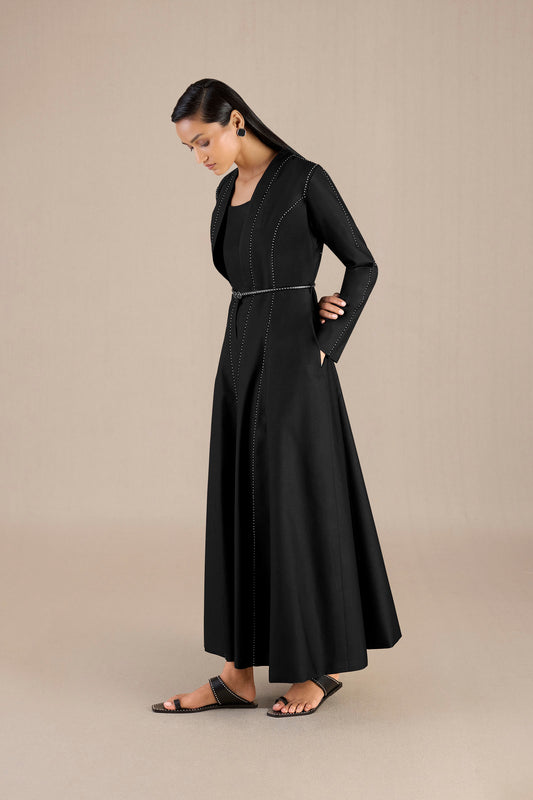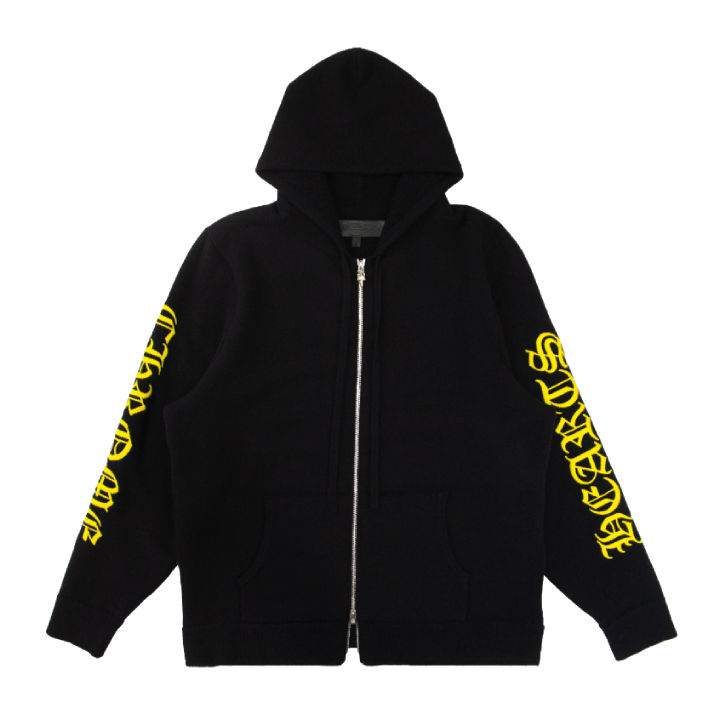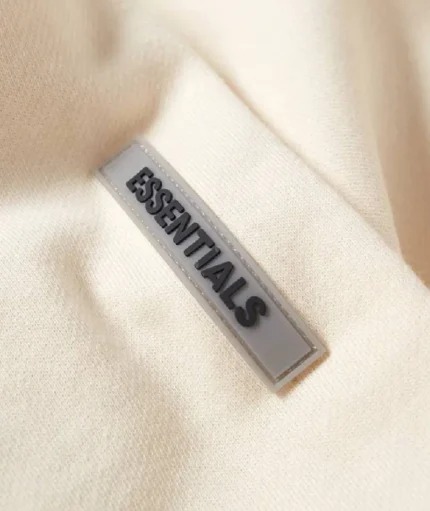Burqas and abayas are both traditional Islamic garments worn by women, but they have some key differences:
Coverage: A burqa is a long, loose outer garment that covers the entire body, including the face, with a mesh or grille over the eyes for visibility. An abaya, on the other hand, is a long, loose-fitting robe that covers the body from the shoulders to the feet but does not necessarily cover the face.
Face covering: Burqas always include a face covering, while abayas can be worn with or without a separate face veil, such as a niqab.
Origin: Burqas are most commonly associated with Afghanistan and Pakistan, while abayas are more prevalent in the Arab Gulf countries, such as Saudi Arabia, the United Arab Emirates, and Qatar.
Material: Burqas are often made of lightweight, plain-colored fabric, while abayas can be made from various materials and may feature decorative elements like embroidery or sequins.
Color: Burqas are typically black or blue, while abayas are most commonly black but can also be found in other colors.
Both garments are designed to conform to Islamic standards of modesty, but the specific style and degree of coverage can vary depending on regional customs and personal preferences.
When choosing an abaya to wear to a wedding, consider the following factors:
Formality: Select an abaya that matches the formality of the wedding. For a more formal event, choose a well-tailored abaya made from high-quality fabric like silk or chiffon. For a more casual wedding, a simpler abaya in a lightweight fabric may be appropriate.
Color: While black is the most common color for abayas, you can also opt for other colors that suit the wedding theme or your personal style. Pastel colors, deep jewel tones, or even metallic colors can be appropriate for a wedding.
Embellishments: For a wedding, you may want to choose an abaya with elegant embellishments such as embroidery, lace, sequins, or beadwork. These decorative elements add a touch of glamour and make the abaya more suitable for a special occasion.
Accessories: Pair your abaya with appropriate accessories such as a matching hijab, elegant jewelry, a clutch purse, and dressy shoes to complete your wedding look.
Comfort: Make sure the abaya you choose is comfortable to wear throughout the wedding ceremony and reception. Consider the fabric, fit, and length to ensure ease of movement.
Remember to respect the cultural norms and expectations of the wedding you are attending, as well as your personal comfort level and style preferences, when selecting an abaya for the occasion.
Do I need to wear an abaya in Kuwait?
In Kuwait, women are expected to dress modestly in public, but wearing an abaya is not legally required for foreign visitors or residents. However, it is important to respect local customs and cultural norms.
When in public places, it is recommended to wear loose-fitting, non-revealing clothing that covers your shoulders, arms, and legs. Many foreign women living in Kuwait choose to wear an abaya in public to show respect for local customs and to avoid drawing unwanted attention.
There may be certain places or occasions where wearing an abaya is more strongly expected, such as:
- Religious sites like mosques
- Government buildings
- Conservative areas or neighborhoods
- Formal events or workplaces
In more liberal or Westernized settings, such as international hotels, restaurants, or private social gatherings, wearing an abaya may not be necessary.
Ultimately, the decision to wear an abaya in Kuwait depends on your personal comfort level, the specific context, and your desire to respect local customs. If you are unsure, it is always best to err on the side of modesty or ask for guidance from local friends, colleagues, or your place of work.




